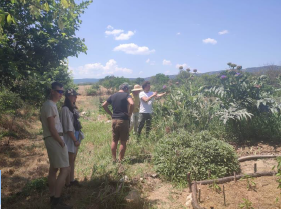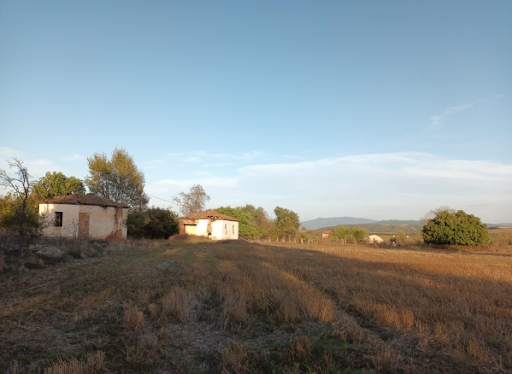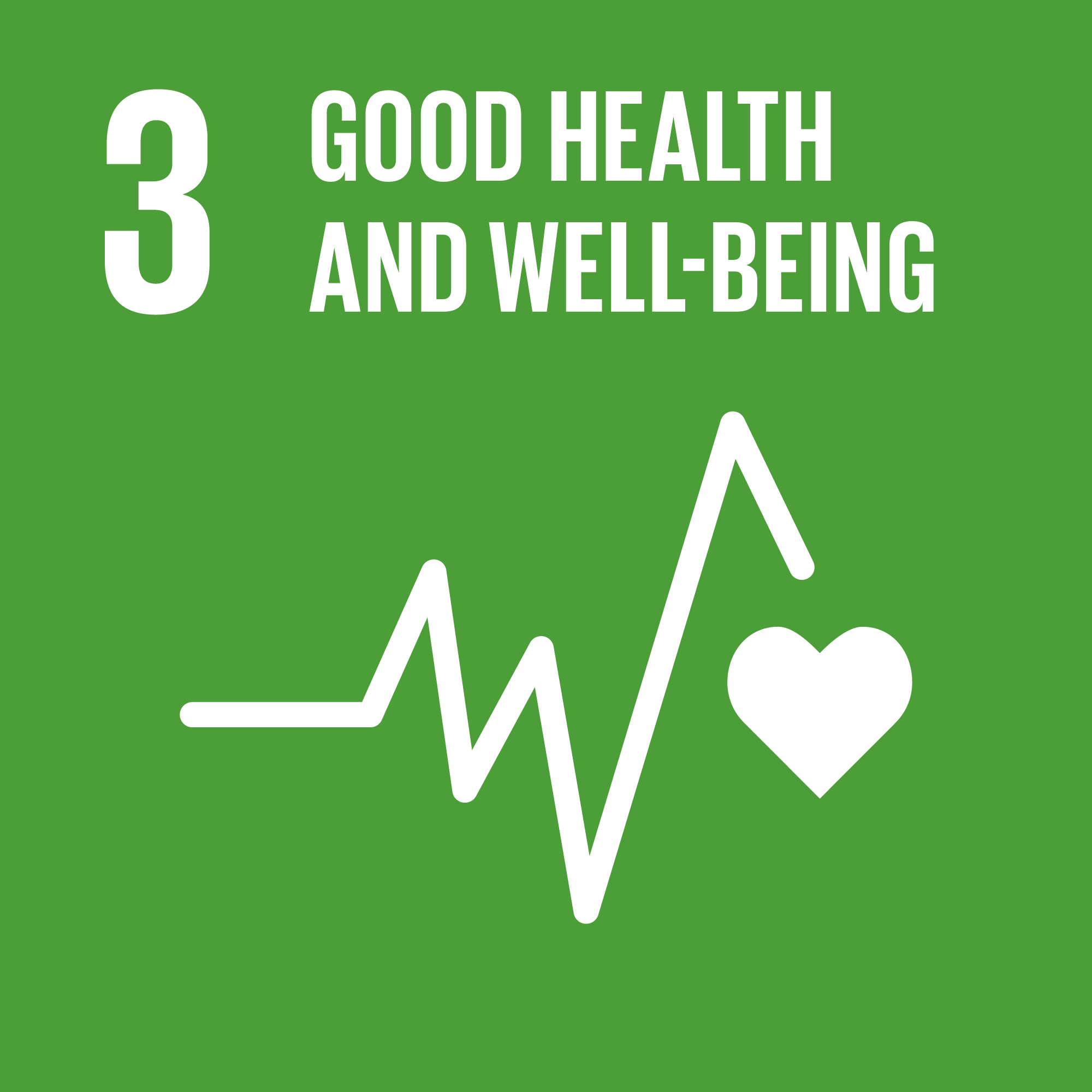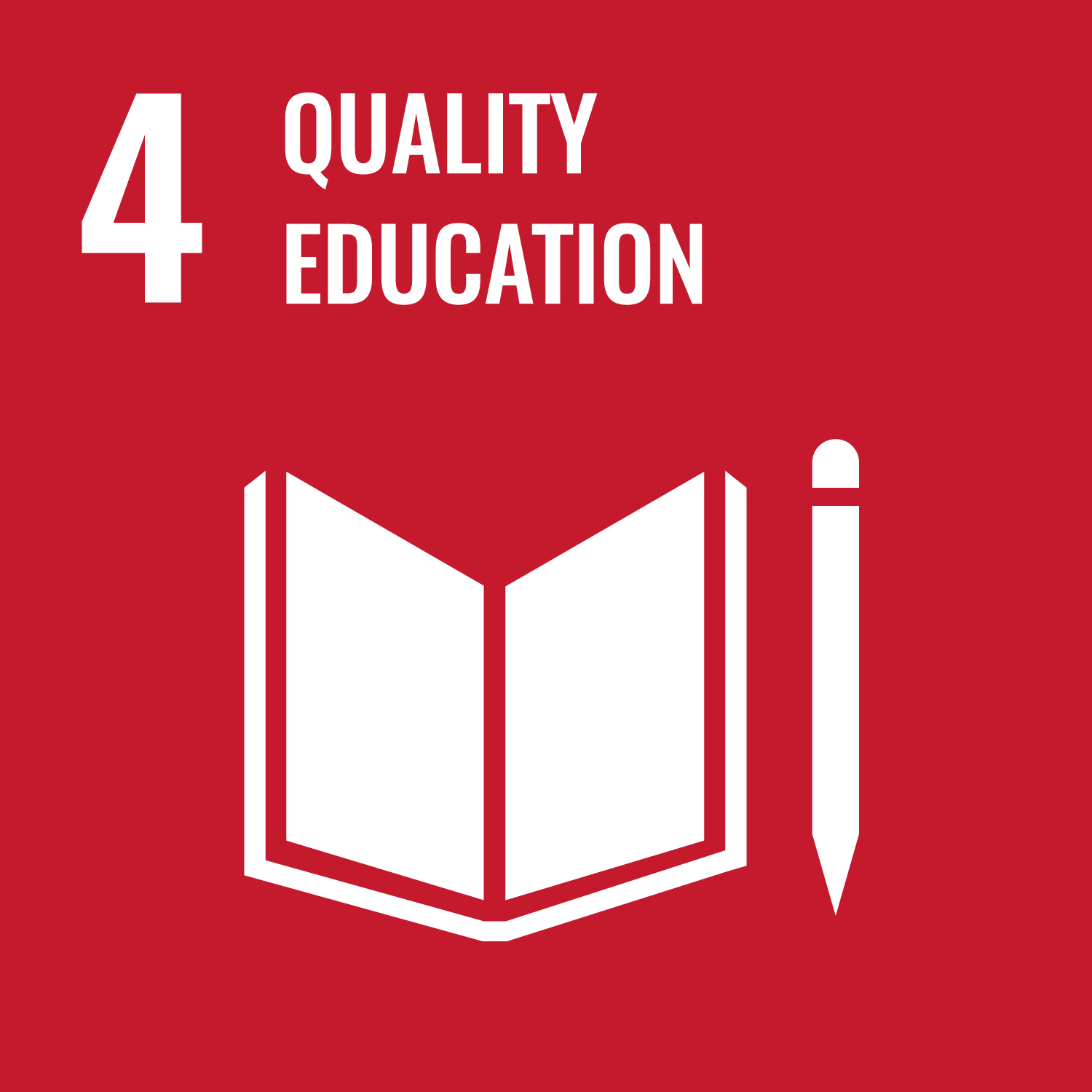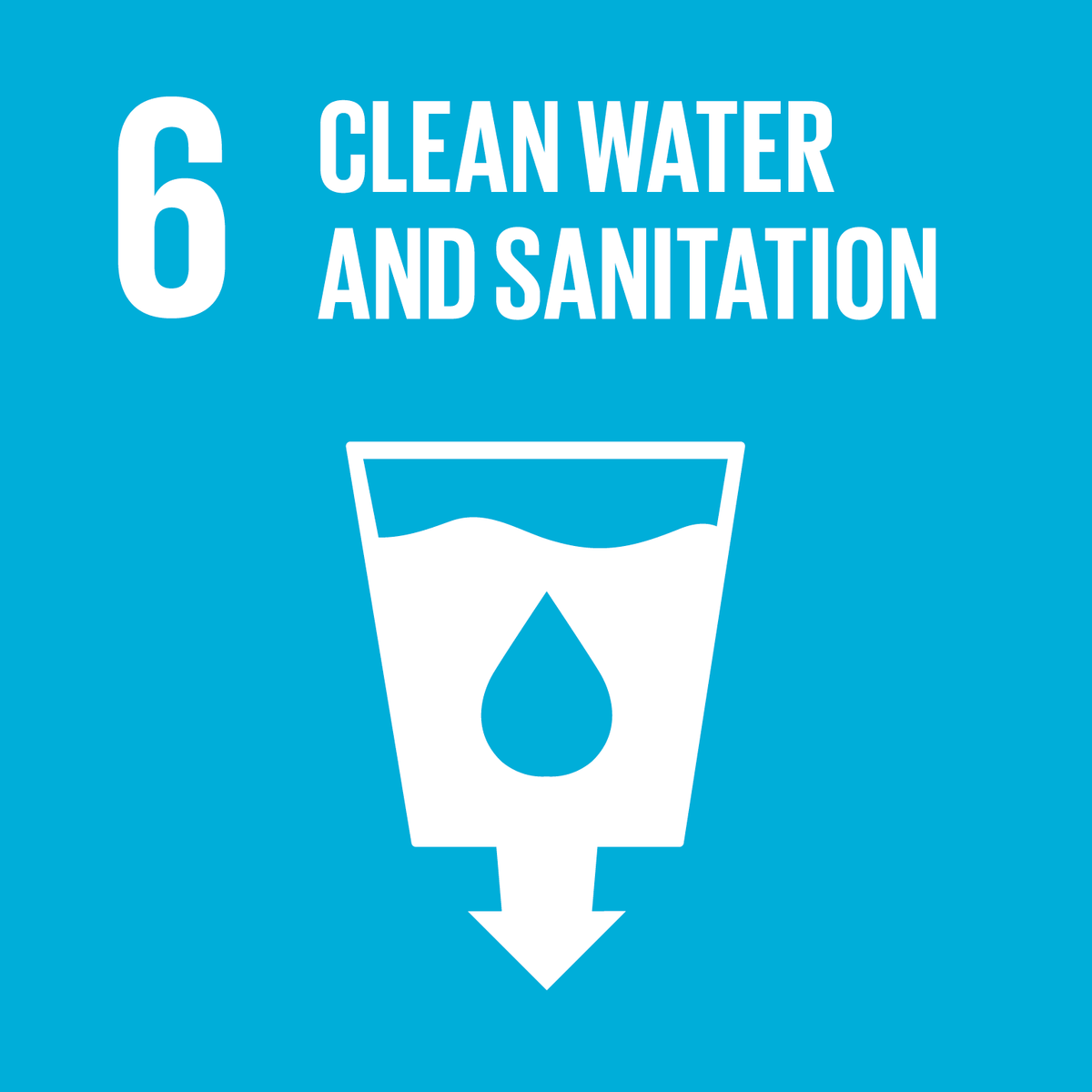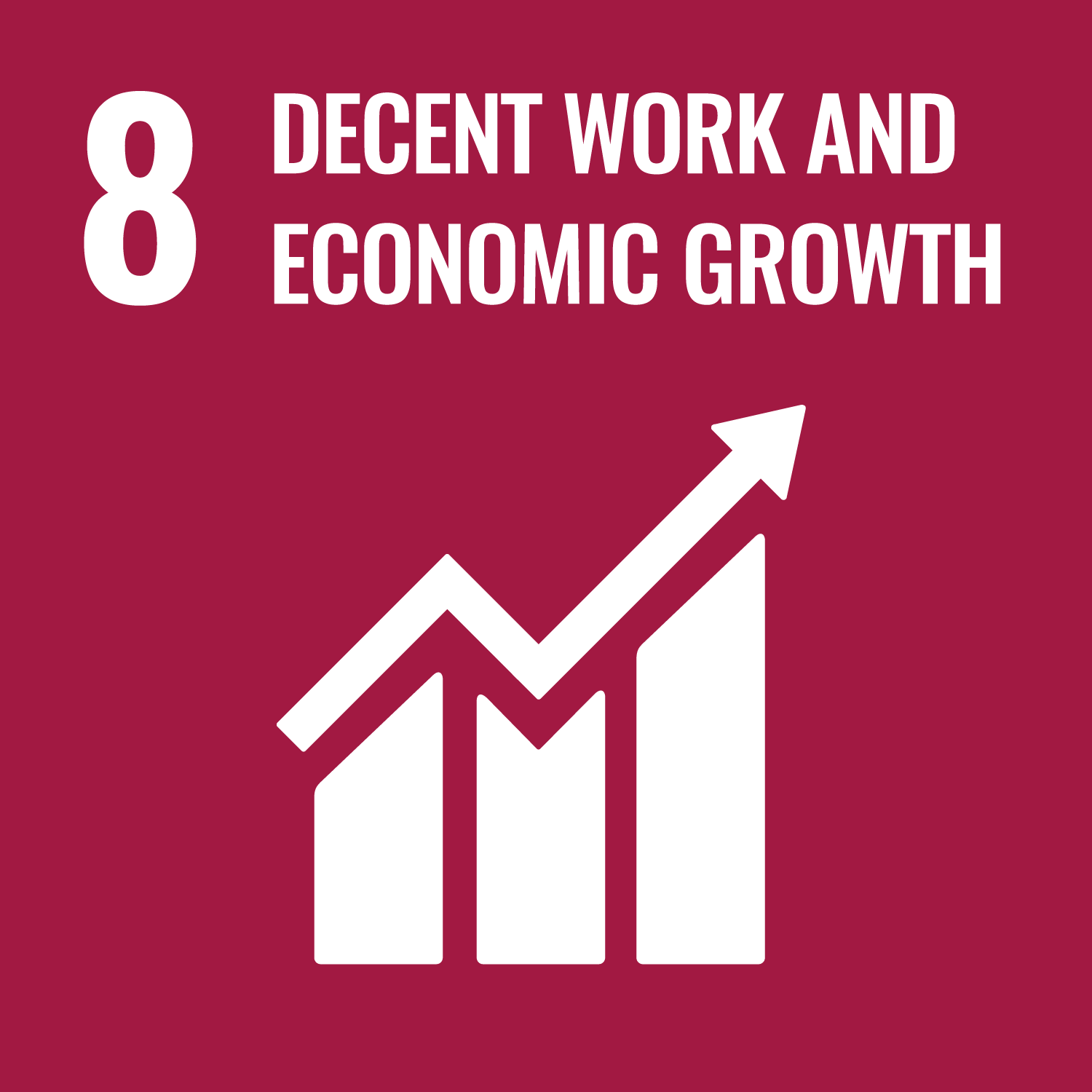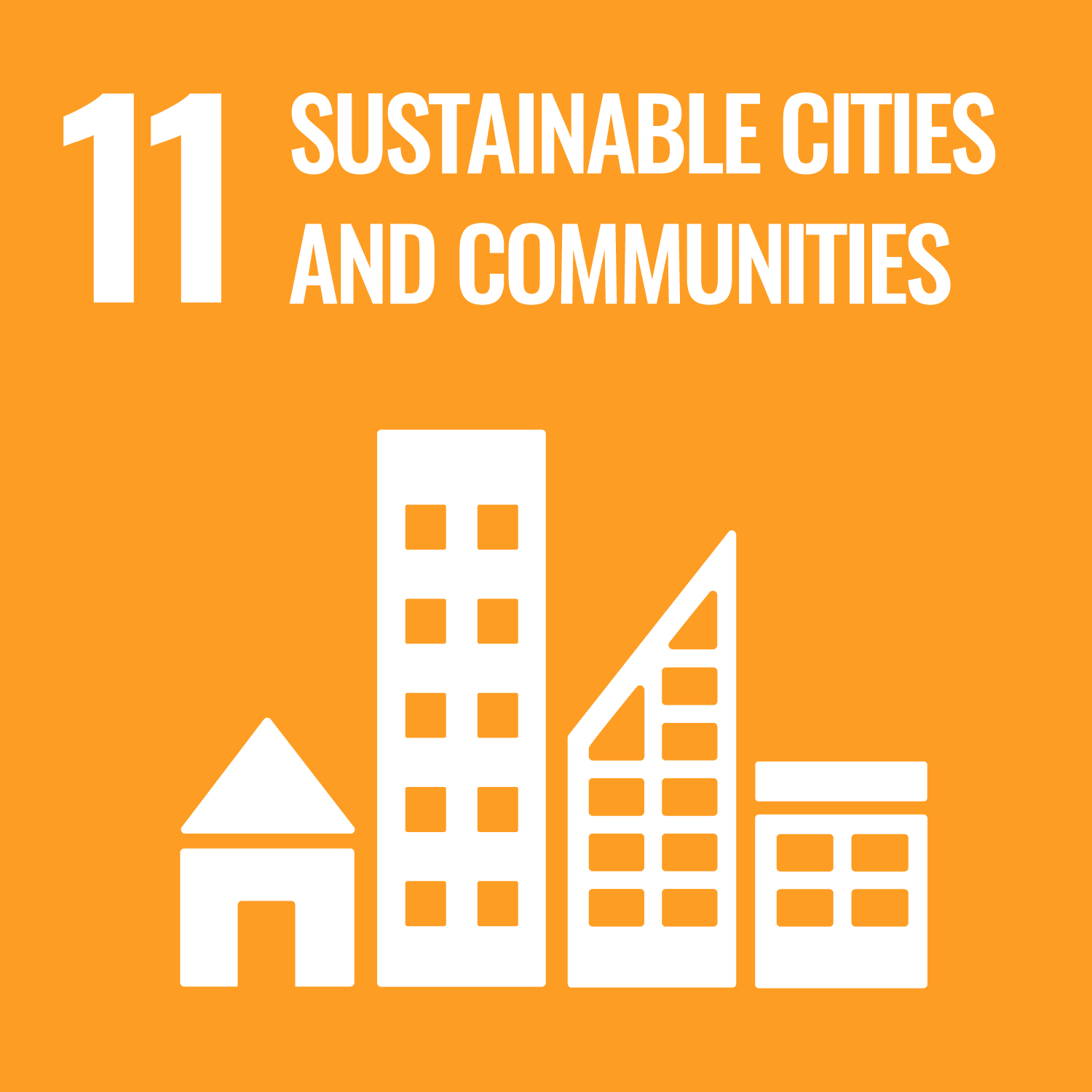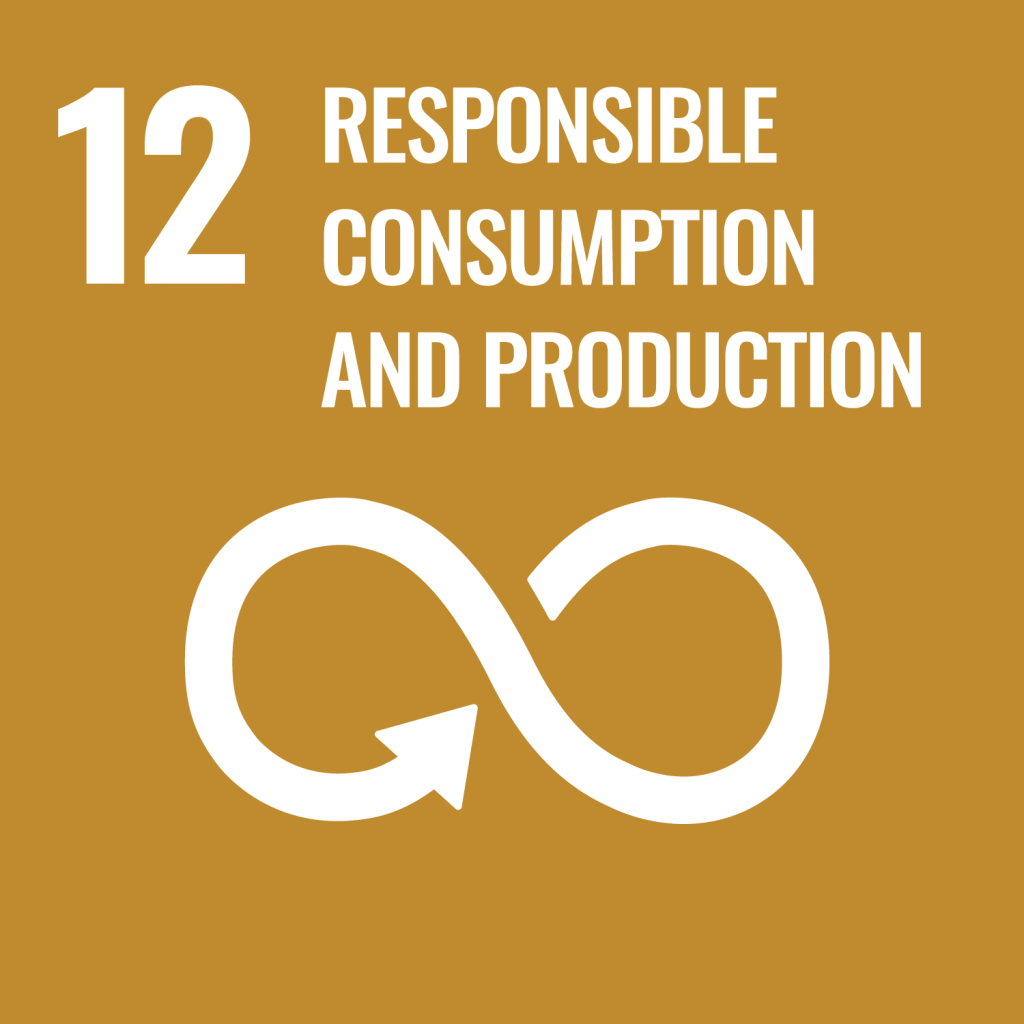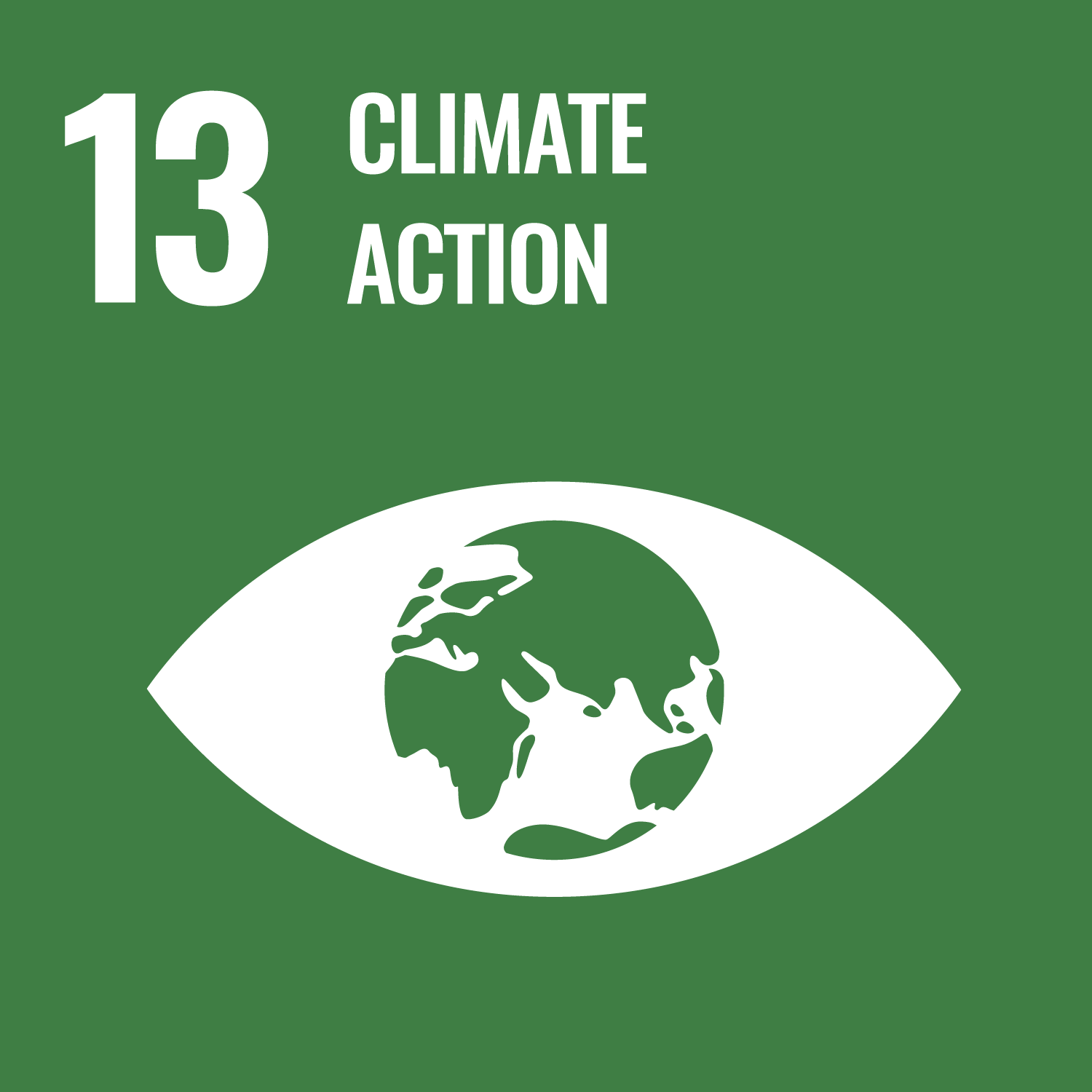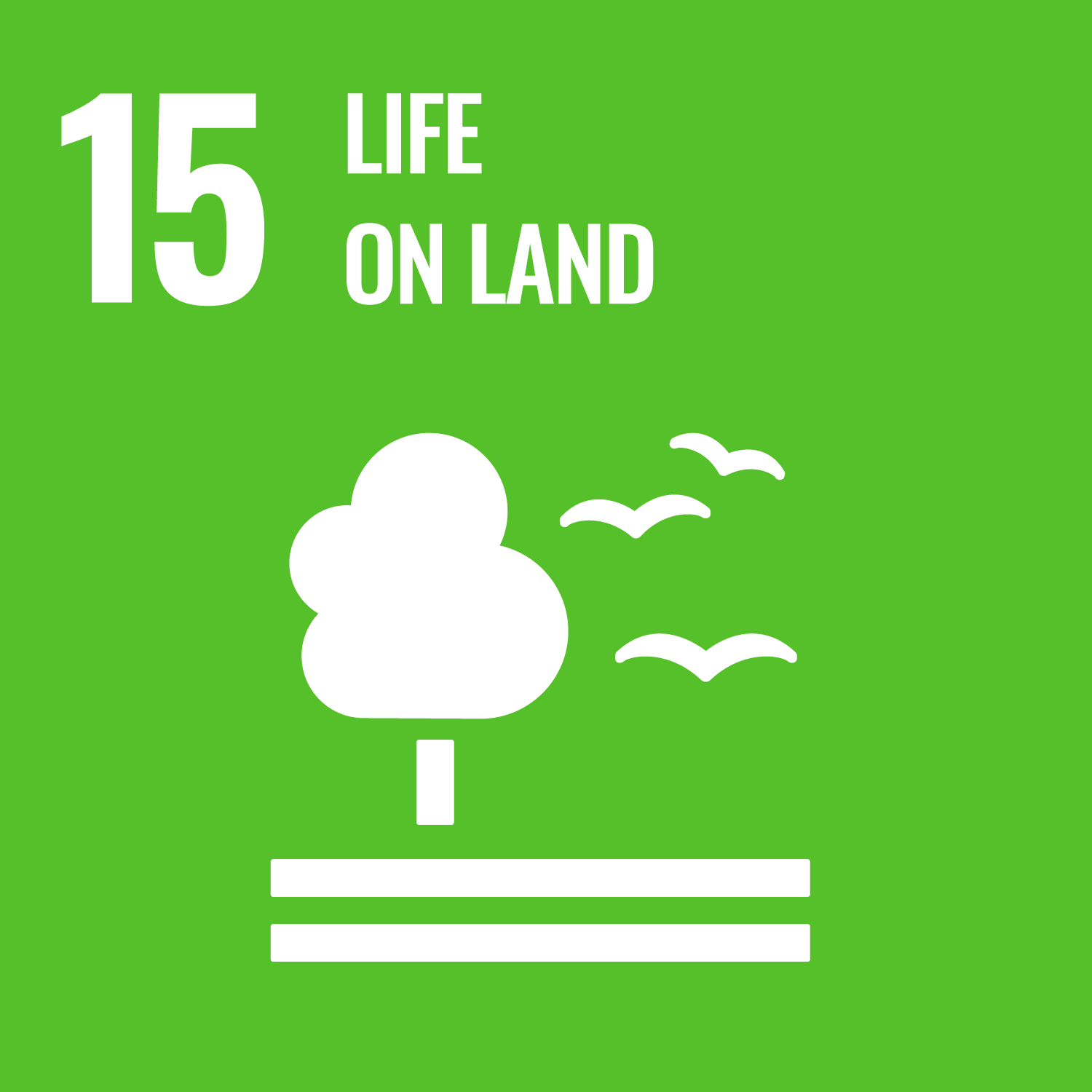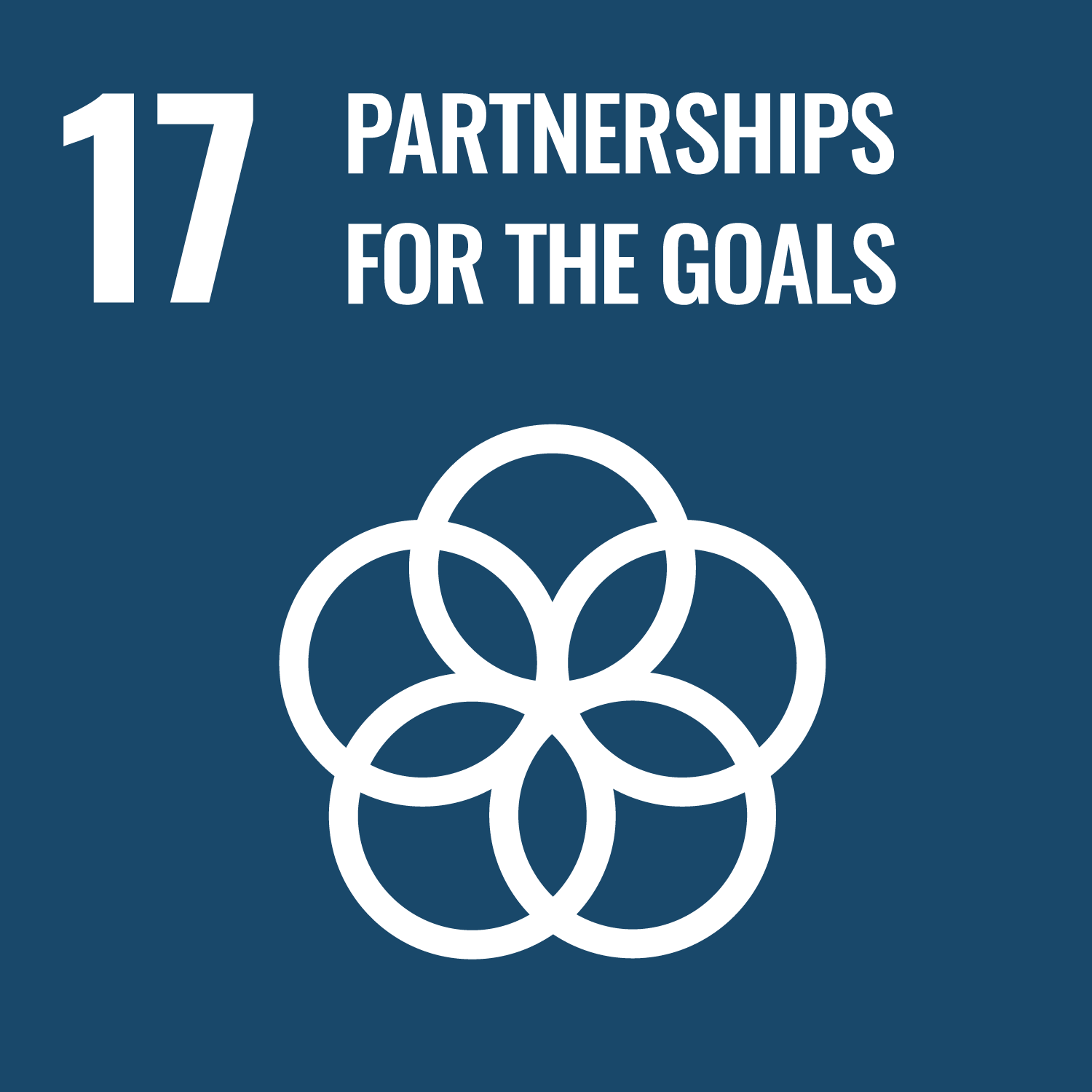“We Plant Rain” Ecological Restoration
About the project
We Plant Rain is a long-term ecosystem restoration and regenerative land-use project on 10 (out of possible 100 hectares) of family-owned land in Mesopotamo, Nea Apollonia in Thessaloniki, Greece. This terrain is part of the Natura 2000 protected areas network due to its exceptional biodiversity.
he project (i) promotes Agroforestry and Regenerative Agriculture through the planting of productive and biodiverse native species, while improving soil and water retention and promote ecosystem connectivity; (ii) promotes the retention of water through the creation of small ponds; (iii) promotes biodiversity by connecting existing forests while creating safe habitats for local fauna; (iv) creates a demonstration site for regenerative land-use and climate adaptation; (v) engages local farmers with training programs & schools for educational purposes; and (vi) cooperates with Universities like Frankfurt University of Applied Sciences and the U!REKA Project of European Universities as the site will serve as a living laboratory for PhD students, researchers and academic projects.
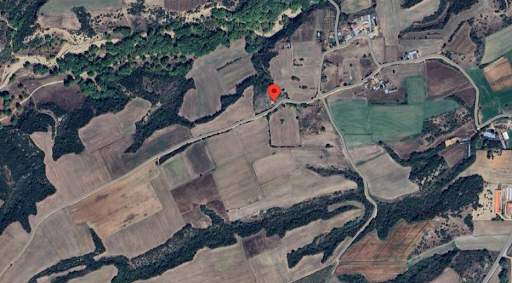
Objective
Restore and transform 10 hectares of degraded land into a living, biodiverse and climate-resilient landscape, while creating benefits for nature, local communities and future generations.
Impact
Ecological: carbon sequestration, biodiversity corridors, water cycle restoration
Social: training for local farmers, community involvement, reconnecting people with nature
Economic: long-term productivity (fruit, nuts, herbs, wood), ecotourism, research partnerships.
How do we measure this impact?
Number of trees planted
Number of hectares restored
Tons of CO2 eq absorbed**
Biodiversity gain (Shannon Index increase)
Community members and students involved
Supporting this project means supporting the following Sustainable Development Goals:
Carbon Dioxide Offsetting Estimate
This 10-hectare project is estimated to absorb 220-400 ton CO2eq/hectare.
In total, an estimate of 2,200-4,000 tons CO2 equivalent will be absorbed in a 40-year period.
If you are interested in this project, reach out at:
